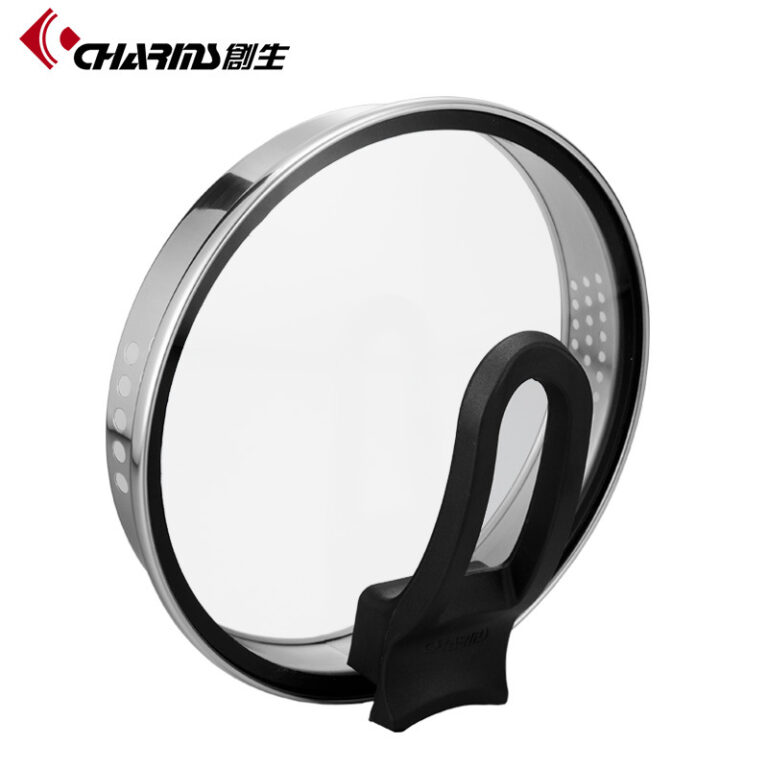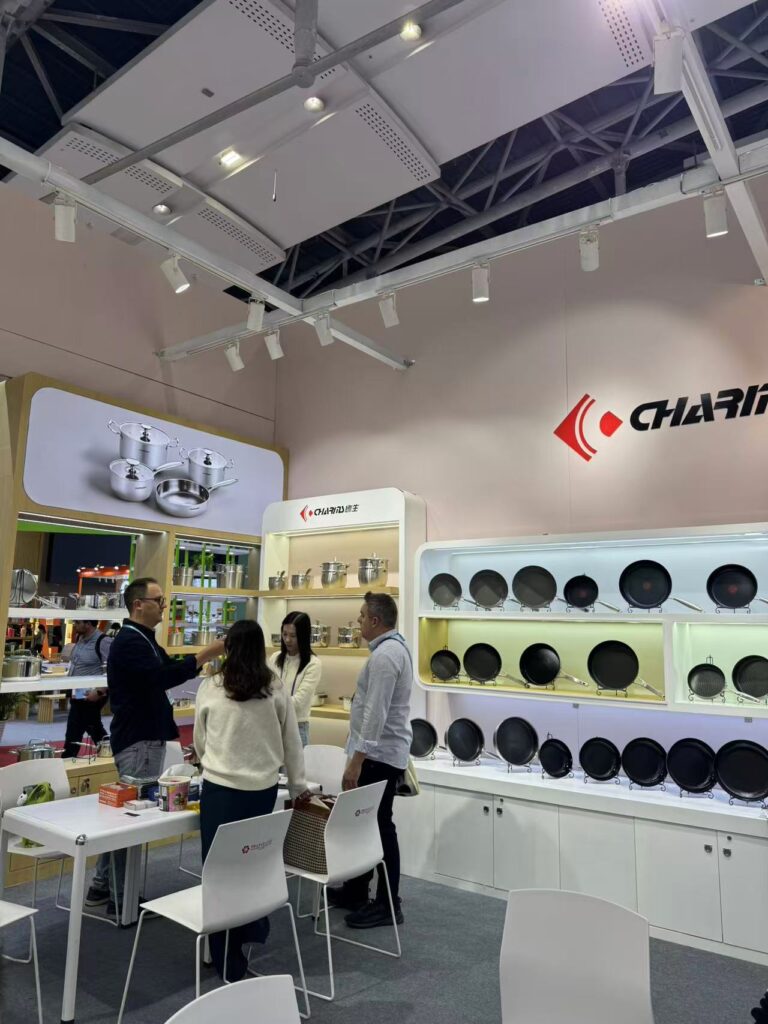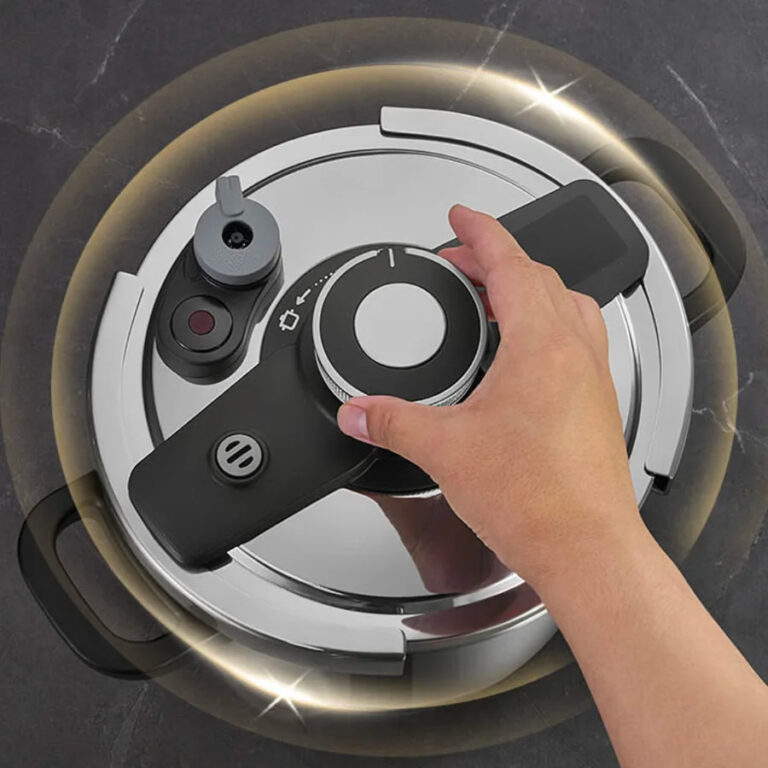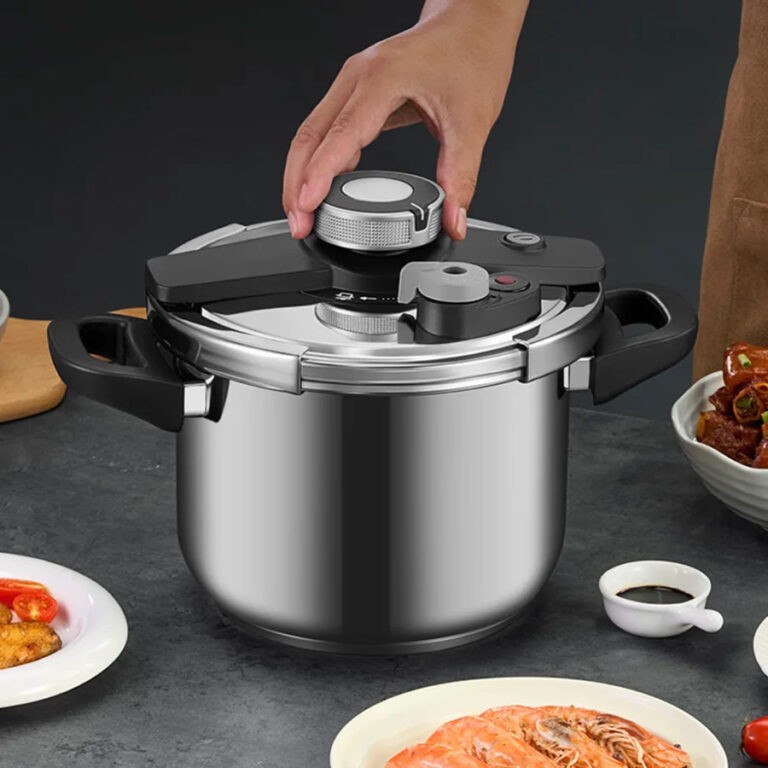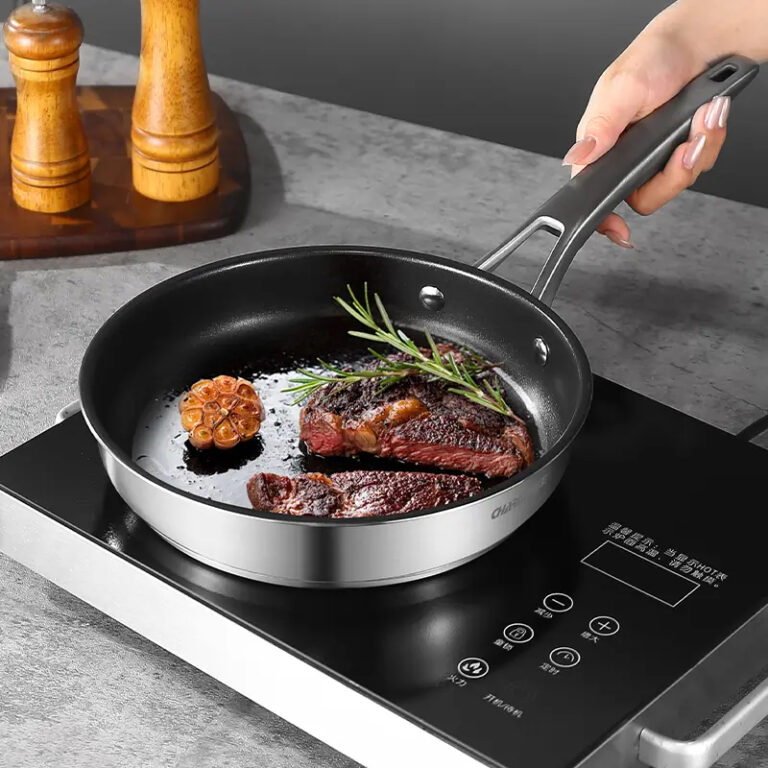When it comes to cooking, the frying pan is often the core of the kitchen. Whether it’s a quick breakfast omelette, a golden and crispy steak, or a simple stir-fry, the right cookware can bring unexpected surprises. However, many buyers underestimate the impact of the choice of cookware on flavor, texture, and convenience. Over the years, I have collaborated with cookware manufacturers and tested products in various markets, witnessing firsthand how carefully selected frying pans can make cooking more enjoyable while saving time and energy.
Below, I’ll share eight practical tips, based on both hands-on experience and technical insight, that will help you find a frying pan that truly fits your kitchen needs.
Table of Contents
Toggle1. Do You Know the Types of Frying Pans?
Before comparing features, it helps to understand the basic types of frying pans available today. Not every pan suits every cooking style. For example:
- Stainless Steel Pans: Durable, resistant to rust, and excellent for browning and searing. Best suited for medium to high-heat cooking.
- Cast Iron Pans: Known for superior heat retention and versatility. They excel in achieving strong caramelization but require proper seasoning and care.
- Nonstick Pans: Release food easily, making them great for eggs, pancakes, or fish. However, they need gentler care and often wear faster than steel pans.
- Copper Pans: Offer precise heat control but often require professional maintenance, as copper tends to tarnish quickly.
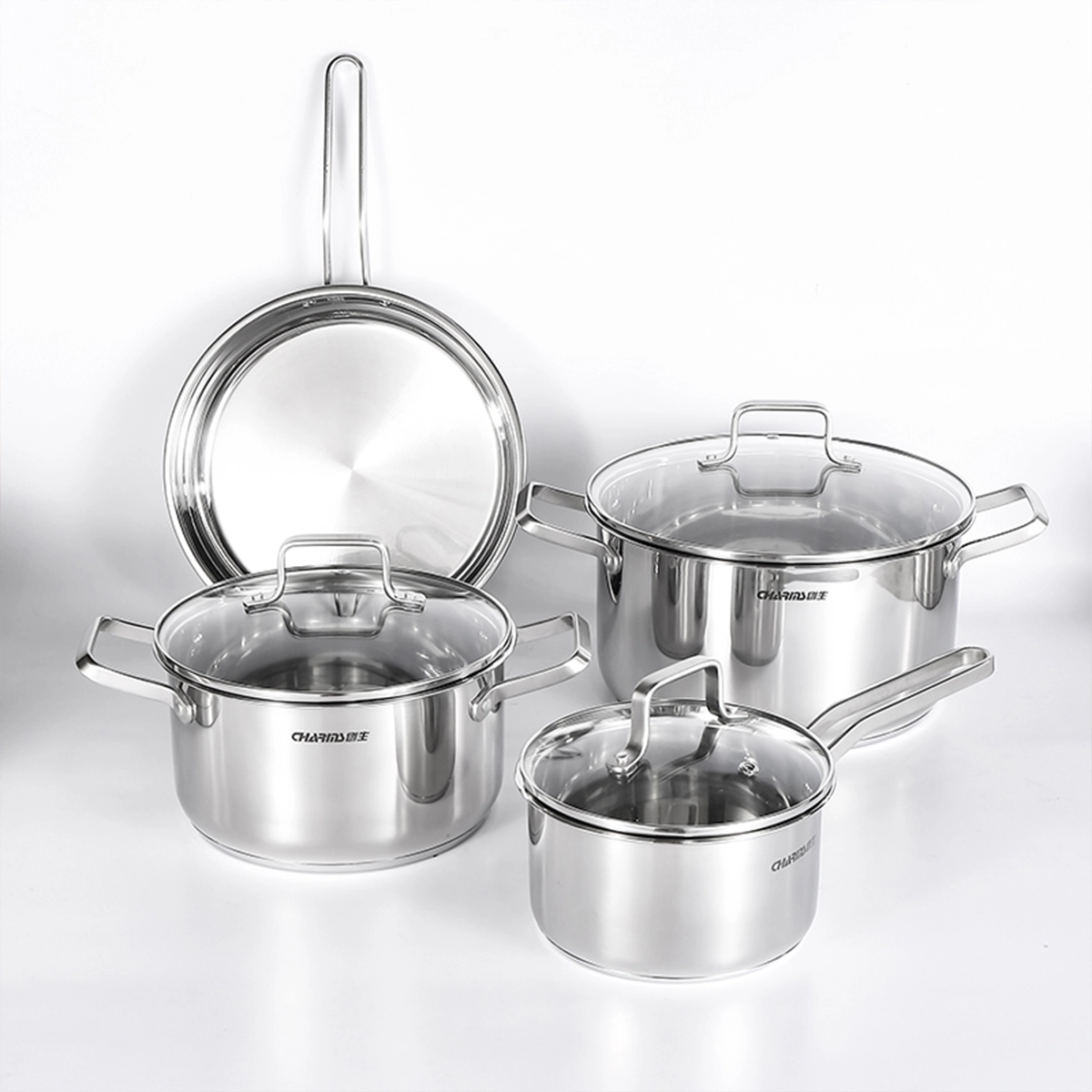
2. Remember These Eight Tips When Choosing a Frying Pan
Start with your cooking style.
Your personal habits should always be the foundation of your decision. If you enjoy quick breakfasts, a lightweight non-stick pan may be enough. If you regularly cook meat or enjoy sauces, stainless steel or cast iron could be more suitable. Consider whether you cook delicate foods, heavy meals, or a variety of dishes. By starting with your routine, you ensure the frying pan works with you, not against you.
Select material based on needs.
Each material offers a different benefit. Stainless steel is versatile and long-lasting, cast iron delivers strong heat retention, non-stick surfaces provide convenience, carbon steel suits fast and high-heat cooking, and copper excels in temperature precision. Your cooking goals should define which feature matters most. Choosing the right material avoids unnecessary compromise and helps you achieve consistent results.
Pick the right size and depth.
Size influences cooking efficiency. A pan that is too small causes overcrowding, while one that is too large wastes energy. For most households, a 26–30 cm pan offers balance. Depth is also important: shallow pans are ideal for quick frying, while deeper pans are better for sautéing vegetables or holding sauces. The angle of the sides also matters—sloped walls are easier for sliding food, while straight walls hold liquids more securely.
Evaluate handle comfort.
A frying pan handle should feel natural in your hand. The length of the handle provides leverage, while the material ensures safety. Stainless steel handles are oven-safe, while silicone or rubber grips remain cool on the stovetop. Balance is equally important. A stable handle reduces strain and makes lifting safer. Since you use the handle every time you cook, comfort and reliability are essential.
Balance weight with usability.
The weight of a frying pan affects both performance and comfort. Heavy pans retain heat better, which is ideal for certain cooking styles, but they may be tiring to lift. Lightweight pans are easier to maneuver, but they may not distribute heat as evenly. The best choice depends on your strength, frequency of use, and the type of dishes you prepare. Striking a balance ensures long-term satisfaction.
Confirm stove compatibility.
Not every pan matches every cooking surface. Induction stoves require pans with magnetic bases. Gas stoves accept most materials but work best with stainless steel or cast iron for stable heating. Electric and glass-top stoves need flat-bottom pans to maintain surface contact. Before purchasing, confirm whether the frying pan is compatible with your equipment. Compatibility prevents frustration and ensures safe cooking.
Check cleaning requirements.
Maintenance is often overlooked, but becomes important in daily use. Non-stick pans are easy to clean but require gentle utensils to avoid damage. Cast iron needs seasoning and care, but grows more resilient over time. Stainless steel is dishwasher-safe, although it may show discoloration. Copper requires polishing to maintain its shine. Knowing how much time you want to spend on maintenance will help you choose wisely.
Focus on long-term durability.
Durability determines whether your frying pan becomes a lasting tool or a short-term purchase. Look for features such as multi-layer construction, riveted handles, and resistant finishes. A strong frying pan resists warping, scratches, and wear, delivering consistent results for years. Although durable pans may require a higher initial cost, they reduce the need for replacement and provide greater value over time.
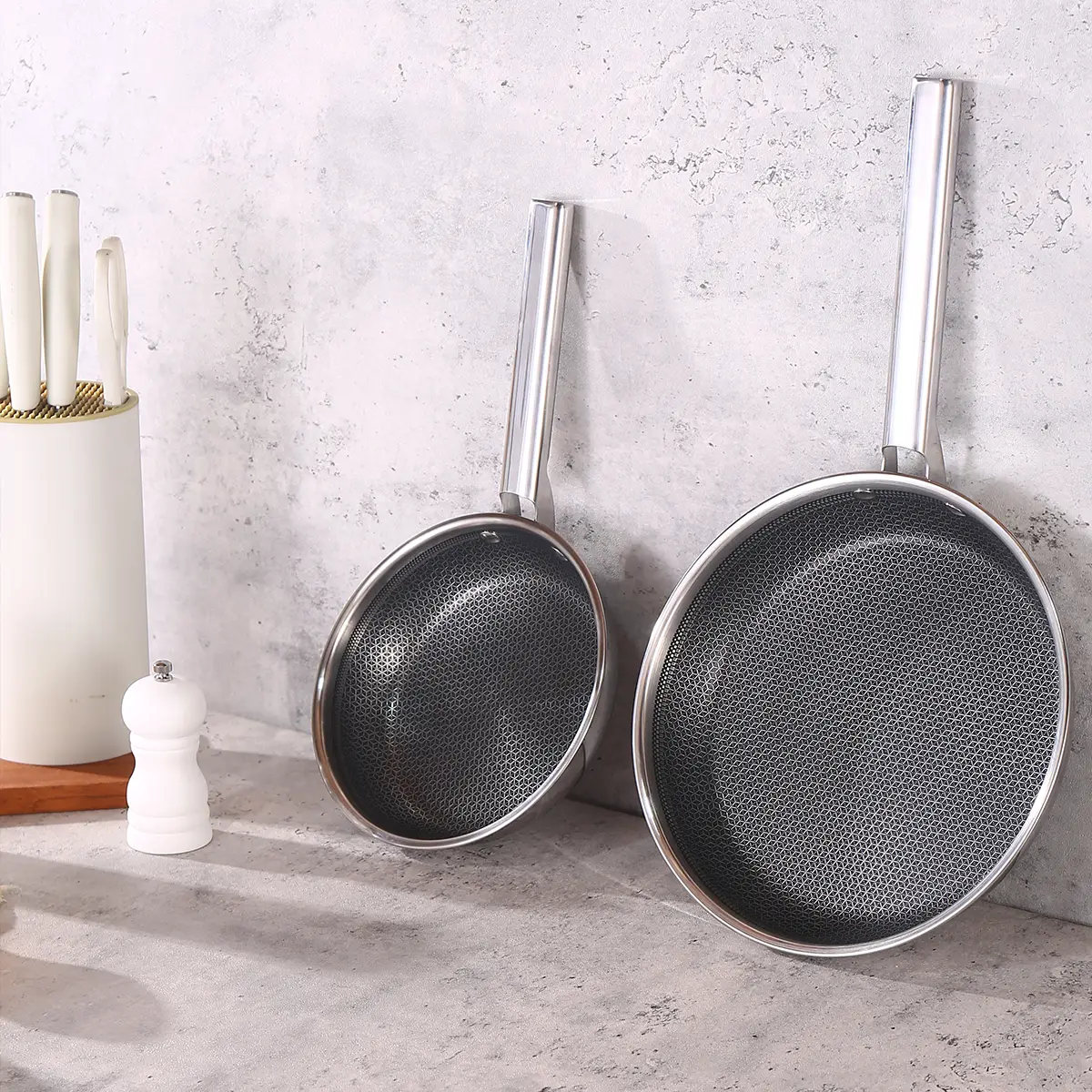
3.Which frying pan material fits your everyday cooking?
Material is the heart of performance. A professional chef might keep three or four types of pans, but most people only use one or two. Choosing the right one saves both time and frustration.
For example, I once worked with a culinary school that switched from low-cost aluminum non-stick pans to layered stainless steel ones. The reason? Their students needed to practice browning meat and deglazing sauces. Non-stick simply didn’t provide the same results. Once they invested in stainless steel pans, the quality of student dishes improved dramatically.
Here’s how you can match material to your cooking style:
-
Do you love golden crusts on your steak? Stainless steel or cast iron is your friend.
-
Prefer quick breakfasts or easy clean-up? Non-stick will save your morning.
-
Cook high-heat stir fry often? Carbon steel provides the speed and power you need.
-
Value aesthetics and precision? Copper gives you exact temperature control.
No single pan does everything perfectly. Be honest about what you cook most, and let that guide your decision.
4.Does the size and depth of the frying pan affect your results?
Absolutely. Size and depth directly shape your cooking experience. A pan that is too small makes food steam instead of sear. Too large, and you may struggle to heat it evenly on your burner.
Think about these details:
-
Diameter: 20 cm pans are great for single portions; 26–30 cm pans work well for family meals.
-
Depth: Shallow pans heat quickly and are ideal for frying or pancakes. Deeper pans allow you to sauté vegetables without spilling.
-
Wall angle: Sloped sides make it easier to slide food onto a plate. Straight walls hold sauces better.
I learned this lesson firsthand while helping a catering business redesign its cookware line. They initially bought smaller pans, thinking it would save space. But in practice, their chefs spent twice the time cooking because food kept overcrowding. Switching to larger, slightly deeper pans solved the issue instantly.

5.Why are weight and handle design so important?
When people choose a pan, they often ignore comfort. But weight and handle design decide whether you enjoy cooking—or struggle with it.
-
Weight: Heavy pans like cast iron keep heat longer but are harder to lift. Lighter pans heat up fast but may feel unstable.
-
Handle length: Longer handles provide better leverage but take more storage space.
-
Handle material: Stainless steel handles withstand oven use; silicone or rubber-coated handles stay cool on the stovetop.
-
Balance: A well-designed pan should feel steady when you lift it with one hand.
6.I s your frying pan compatible with your stove?
This is a detail people sometimes realize too late. Not every frying pan works on every heat source.
-
Gas: Most pans work well, but stainless steel and cast iron provide steady results.
-
Induction: Only magnetic materials like cast iron or induction-ready stainless steel are suitable.
-
Electric coil or glass-top: Flat-bottom pans are essential to maintain contact with the surface.
-
Ceramic or halogen: Look for pans that resist thermal shock.
Before you buy, check the base of the pan. Manufacturers usually mark whether it is induction-compatible or safe for oven use. Ignoring this can result in both wasted money and disappointing meals.
7.Have you considered the ease of cleaning and maintenance?
Even the best pan will frustrate you if it takes forever to clean. Maintenance requirements vary greatly:
-
Non-stick: Easy to clean but sensitive to scratches. Requires gentle utensils.
-
Cast iron: Needs seasoning and regular oiling to prevent rust, but gets better with age.
-
Stainless steel: Dishwasher-safe, though it may develop discoloration over time.
-
Copper: Requires polishing to keep its shine.

8.Conclusion
Selecting the right frying pan is not just about price or appearance—it is about choosing a tool that aligns with your cooking style, supports your daily routines, and delivers consistent results over time. By evaluating material, size, handle design, weight, stove compatibility, cleaning requirements, and long-term durability, you transform cooking from a task into an enjoyable experience. The right pan does more than prepare food; it helps you save energy, preserve flavor, and create meals with confidence.
Charms Cook is a leading cookware brand under Charms, a company with nearly 30 years of expertise in stainless steel kitchenware. Based in China’s “Hometown of Stainless Steel” – Caitang, CharmsCook combines advanced technology with superior craftsmanship to deliver durable, elegant, and eco-friendly cookware solutions.
As a trusted OEM/ODM partner for global brands, CharmsCook provides flexible customization services from design to mass production, ensuring high-quality, efficient, and cost-effective solutions. Supported by real-time online service and the logistics advantages of Guangdong, CharmsCook guarantees fast, reliable delivery world


